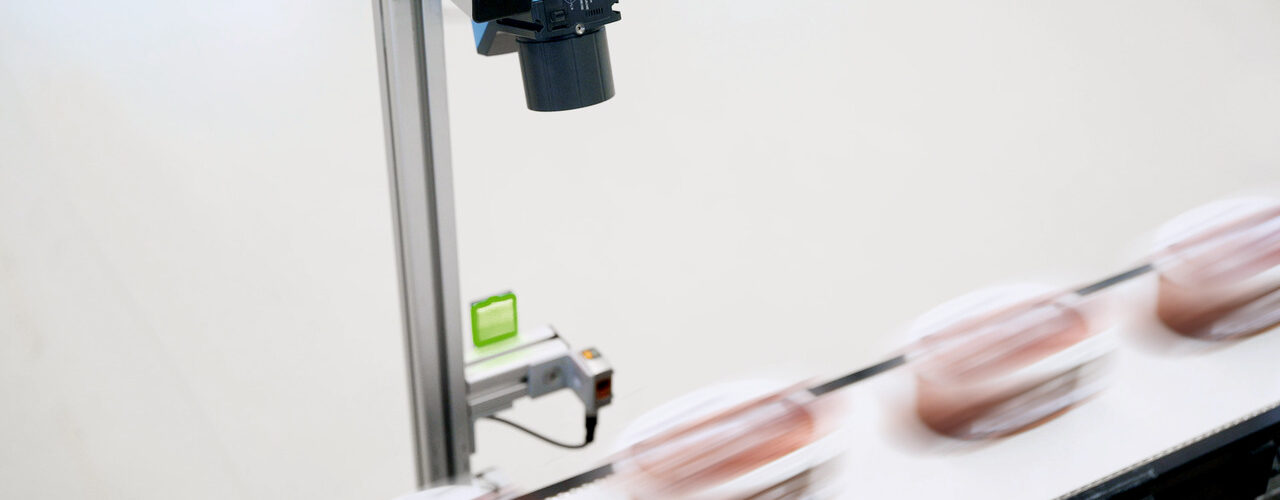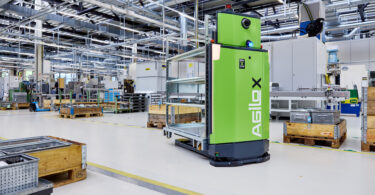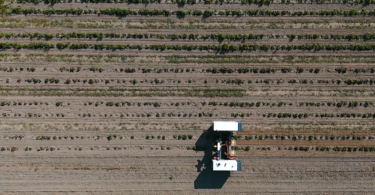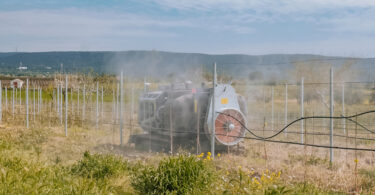Discover how you can revolutionize your quality control applications
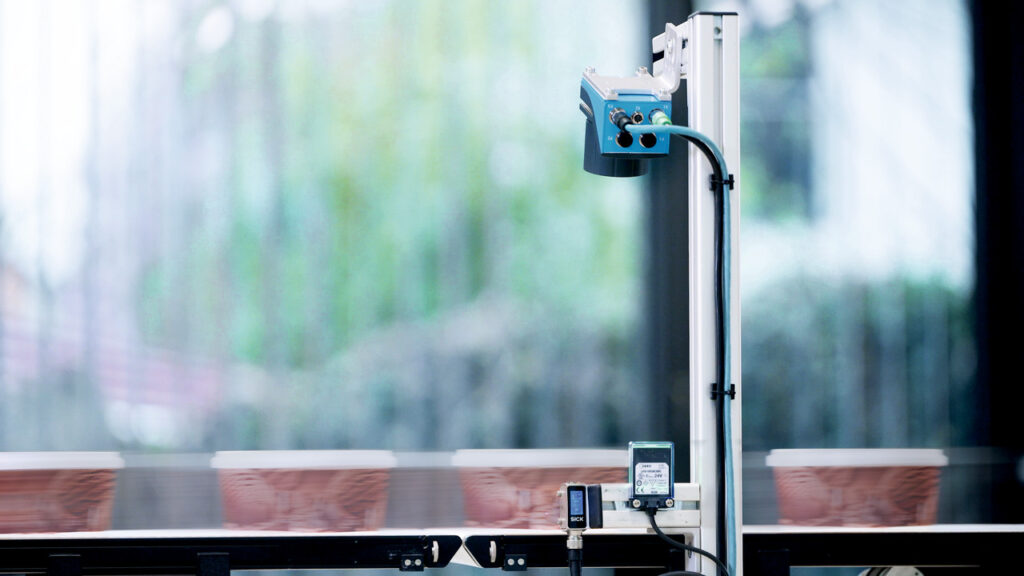
Having effective systems setup for quality control allows manufacturers to maintain uniformity in product quality, which is essential for customer satisfaction and brand loyalty. By doing this, it makes it easier to identify and correct defects early in the production process to minimize waste and rework costs.
As a result, manufacturers can streamline production processes to enhance overall operational efficiency and reduce downtime. This then ensures products are reliable, safe, and of high quality, ultimately leading to greater success in the marketplace.
So, we all know that quality control is crucial in manufacturing, but just how do you ensure that products meet established standards and specifications? Vision technology.
Importance of Vision Technology in Quality Control
Vision technology is one of the most effective ways to ensure quality control on the production line. As a global leader in sensor technology and industrial automation, SICK offers a comprehensive range of 2D and 3D vision products designed to meet the diverse needs of various industries. But why is this technology so crucial to enhancing quality control processes in manufacturing?
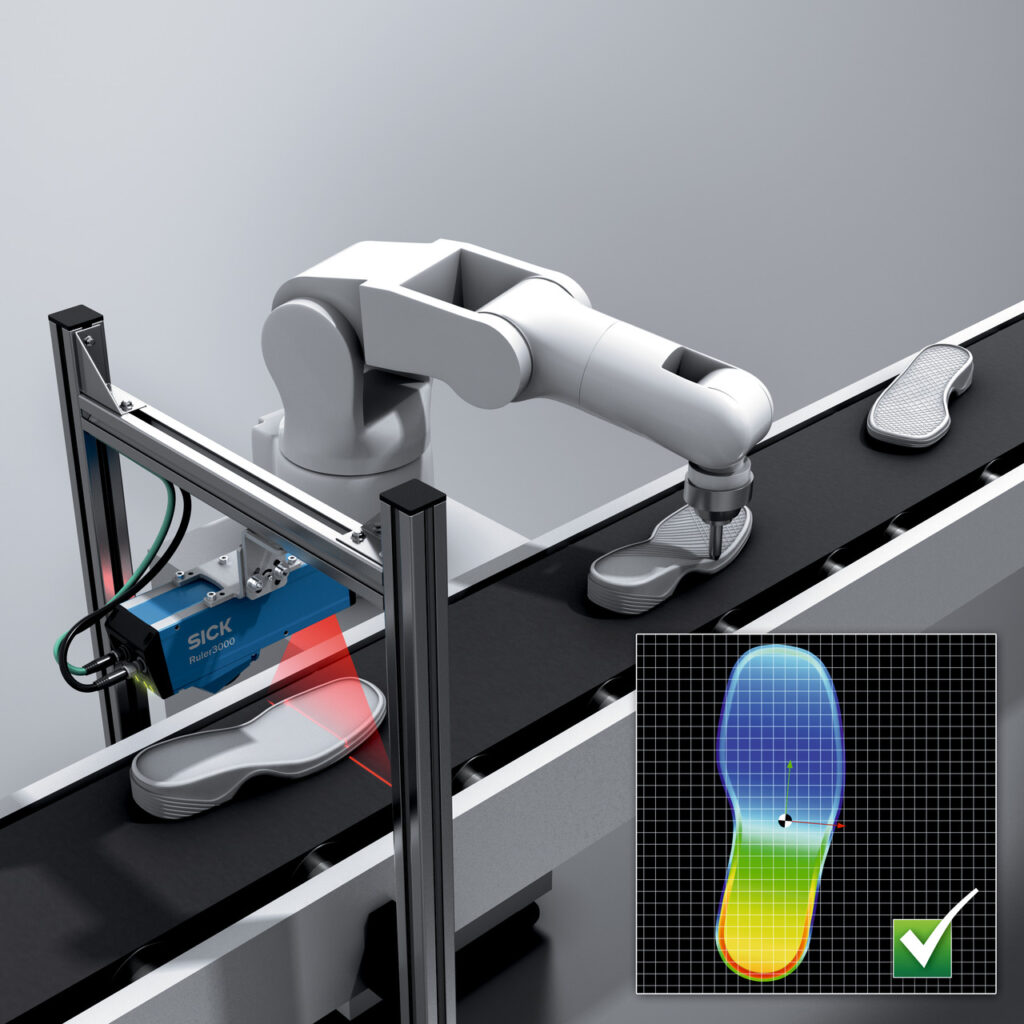
Precision and Accuracy
First, they offer precision and accuracy that is often hard to achieve with other types of sensors. 2D vision provides high-resolution images that are essential for detecting surface defects, verifying labels, and ensuring the correct placement of components. It excels in applications where flat, two-dimensional analysis is sufficient.
On the other hand, 3D vision adds depth information, allowing for precise measurement of an object’s shape, volume, and surface contours. This is particularly useful for complex inspections where height and depth are critical factors.

Comprehensive Inspection Capabilities
Inspection is key to catching any potential defects or deformations. 2D vision is ideal for tasks such as barcode reading, label verification, and surface inspection. It can quickly identify defects like scratches, discolorations, or missing components on a flat surface. High contrast of inspection features and controlled ambient lighting are essential for optimal inspection success.
Whereas 3D vision enables more detailed inspections, such as detecting deformations, measuring dimensions, and analyzing complex shapes. It is invaluable for applications requiring volumetric analysis, precise shape verification and detecting low contrast features.
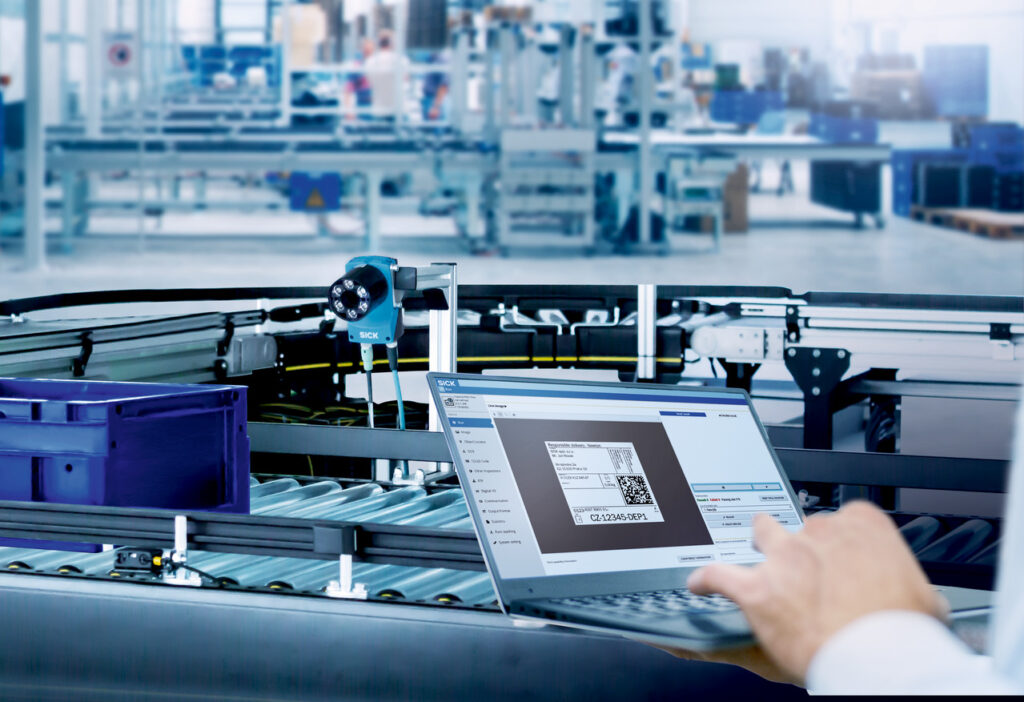
Increased Efficiency and Reduced Waste
With enhanced inspection and precision, this results in reduced waste. Using 2D vision, manufacturers can enhance production line efficiency by providing fast and reliable inspections, which helps in maintaining a steady flow of quality products. It reduces the need for manual inspections, thereby lowering labor costs and minimizing human error.
This is further improved with 3D vision by enabling automated, high-precision inspections that can identify defects in real-time. This reduces material waste and rework costs, leading to significant cost savings.
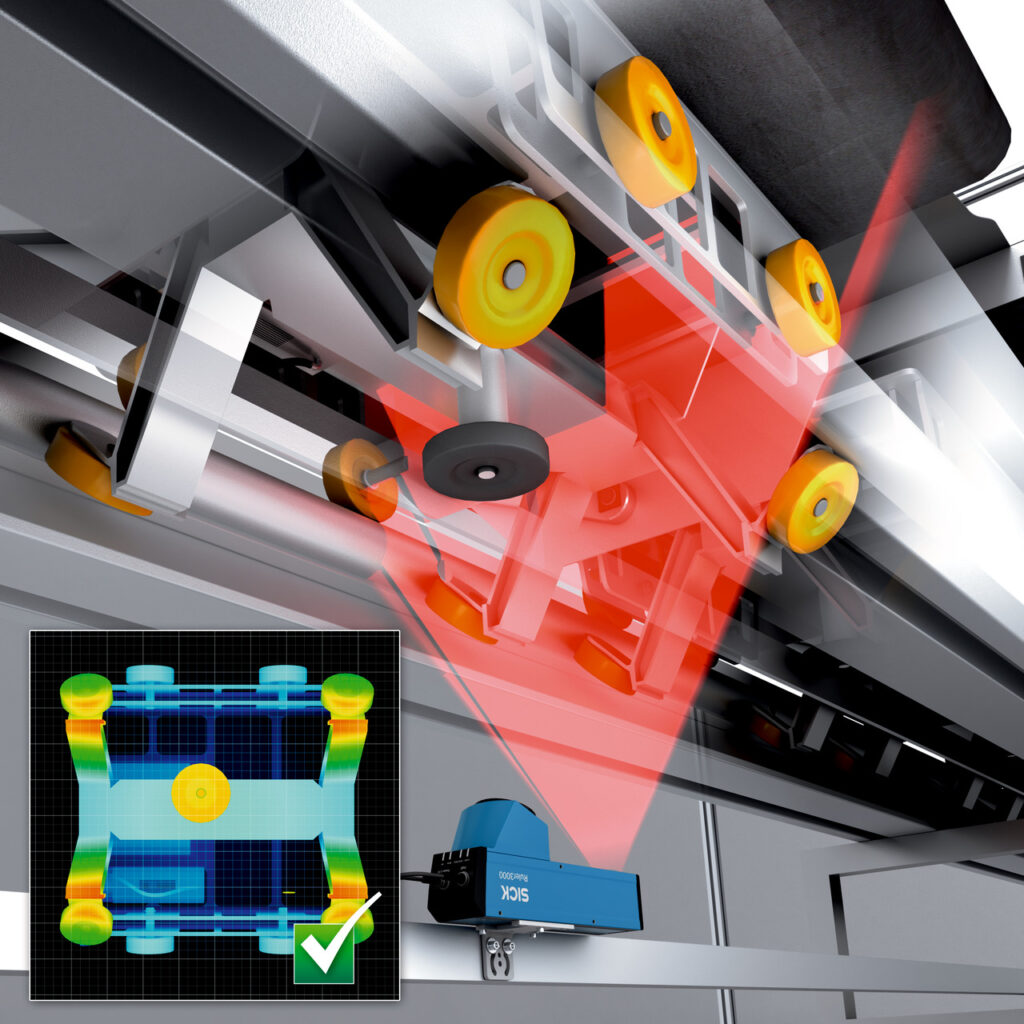
Versatility and Flexibility
Vision technology is incredibly versatile and can be applied in numerous applications across the manufacturing industry. 2D vision is suitable for a wide range of applications, from simple presence/absence checks to detailed surface inspections. It is a cost-effective solution for many standard quality control tasks.
3D vision offers greater flexibility for complex and high-precision applications. It can handle challenging inspection tasks that 2D vision systems cannot, such as inspecting textured surfaces, measuring volumes, and analyzing intricate geometries.
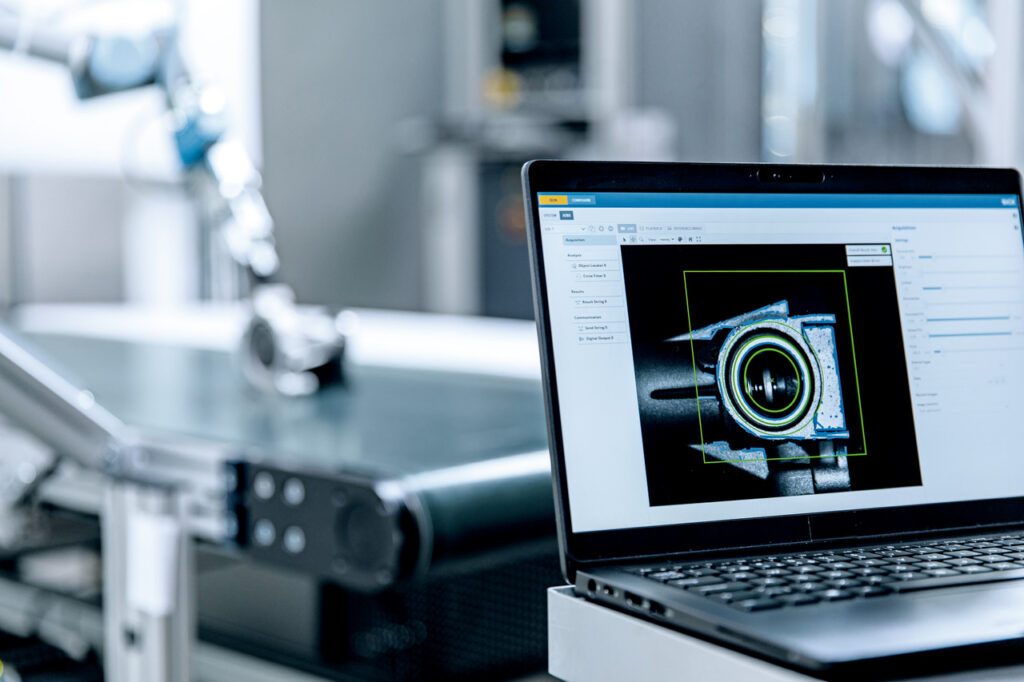
Enhanced Data Collection and Analysis
2D vision captures detailed images that can be analyzed using advanced algorithms to detect patterns, identify defects, and ensure product consistency.
3D vision provides comprehensive data that includes depth information, enabling more sophisticated analysis and better decision-making. This data can be used to improve product design, optimize manufacturing processes, and enhance overall quality control.
By integrating 2D and 3D vision systems, manufacturers can achieve a higher level of quality control, ensuring that products meet stringent standards and customer expectations. These technologies not only improve the accuracy and efficiency of inspections but also contribute to overall operational excellence.


